Abstract
This
study compares the secondary school mathematics curriculum of Nigeria, United
States of America (US) and the United Kingdom (UK) in terms of content, effectiveness
of the curriculum, preference of the curriculum amongs the students and the
effective in delivery of each of these curricula by the teachers. The study
revealed there is no significant difference between the content of the
curriculum of the three curricula teachers have not been effective in
delivering mathematics curriculum in their schools. The study also revealed
that the school environment is promoting effective acquisition of mathematics
curriculum by the students. Based on the findings, the conclusions was drawn
that the school environment has been promoting effective acquisition of
mathematics curriculum. But the study also revealed that, quiet unfortunately,
the teachers have not been effective in their primary duty of the delivery of the
curriculum of this important subject to the students. Recommendations was made based on the
conclusions, there is need for training and retraining of teachers to enable
them keep to date with the improvement and new development in the pedagogy so
they can be more effective in curriculum delivery. There is need for
incentivize the teachers to take further academic courses. This will make be
better understand concepts to teach them effectively and get feedbacks from
time to time from teachers regarding challenges in mathematics curriculum
delivery and also ways they think these challenges could be mitigated.
TABLE OF CONTENTS
PAGES
Title
Page i
Certification ii
Dedication iii
Acknowledgement iv
Table
of Content v
List
of Figures vi
Abstract vii
CHAPTER ONE: INTRODUCTION
1.1.
Background of the Study 1
1.2 Statement of Problem 3
1.3 Objective of the study 4
1.4 Research Questions 4
1.5 Significance of the Study 5
1.6 Operational definition of Terms 5
CHAPTER TWO: REVIEW OF
RELATED LITERATURE
2.1 What is Curriculum? 6
2.2 Nature of Curriculum 8
2.3 Curriculum and School Effectiveness 9
2.4 Mathematics in Education 10
2.5 Related Researches and Findings 11
CHAPTER THREE: RESEARCH DESIGN AND
METHODOLOGY
3.1 Introduction 15
3.2 Sampling Technique 15
3.3 Instrument for Data Collection 15
3.4 Procedure for Administration of Data
Instruments 16
3.5 Data Analysis Procedure 16
3.6 Research Hypotheses 16
CHAPTER FOUR: DATA
PRESENTATION AND ANALYSIS
4.1 Data Summary using Frequency table and
Bar Chart 18
4.2 Analysis using ANOVA, Cross Tabulation
and Chi-Suqare 22
4.3 Hypotheses Testing 36
CHAPTER FIVE: SUMMARY, CONCLUSION AND
RECOMMENDATIONS
5.1 Discussions 38
5.2 Summary 39
5.3 Conclusion 39
5.4 Recommendation 40
References 41
Appendix 43
LIST
OF FIGURES
Bar
Chart
LIST OF TABLES
Frequency
tables
Table
1: Personal Information of Students 18
Table
2: Electronics/Internet Gadget 18
Table
3: Educational Plan 19
Table
4: Planned Area of Specialization 19
Tables
for Responses 19-37
Frequencies
Tables for Teachers' responses 44
- 63
Cross
Tabulation 42
- 58
ANOVA
Analysis 45
– 59
CHAPTER
ONE
INTRODUCTION
1.1
Background of the Study
Odili (2006), stated that
“Mathematics is the science of numbers, quantity and space”. Mathematics as a
subject is necessary for the scientific and technological development of any
nation. This made it necessary for the Nigeria government to make mathematics a
core subject in both primary and senior secondary school curricula (Federal
Republic of Nigeria, 2004). Nurudeen (2007) stated that all sciences have their
roots in mathematics and described mathematics as the gate way to human
endeavour. Despite the importance accorded, mathematics in Nigeria’s quest for
scientific and technological development, some students still dislike, hate and
fear mathematics, leading to mass failure and consistent abysmal performance in
ordinary level mathematics examination over a decade now (Odili, 1986; Salau,
1995; Amazigo, 2000; Agwagah, 2001; Betiku, 2001; Obioma, 2005; Maduabum and
Odili, 2006; Okereke, 2006). Ukeje (1986) observed that mathematics is one of
the most poorly taught, widely hated and poorly understood subject in secondary
school, students particularly girls run away from the subject. The West African
Examination Council (WAEC) Chief Examiners [2003, 2004, 2005, and 2006]
consistently reported candidates’
lack of skills in answering most of the questions asked in general mathematics.
This situation of consistently poor
achievement in mathematics has been a reason for great concern for the
researchers, stakeholders of mathematics education, Nigeria government and all
those involved in mathematics education. A number of mathematics education
researchers like Usman (2003) and Kurumeh (2006) have
identified some factors responsible for this mass failure and consistent
abysmal mathematics performance to include use of inappropriate and ineffective
teaching approaches among others. For example, Odili (2006) outlined some of
the factors responsible for poor achievement in mathematics to include i) Lack
of curriculum integration. ii) Shortage of mathematics teachers. iii) Lack of
instructional materials. iv) Poor government policy. v) Poor classroom
organisation by teachers. vi) Lack of equipped mathematics laboratory for
practical. vii) Over population of students which may impedes effective
demonstration during practical. viii) Teachers impatience and un-preparedness.
ix) Poor remuneration of teachers.
On the part of the students, hatred,
phobia, dislike and discouraging perception of mathematics contributes to their
poor performance in the subject. The National Council for Curriculum Assessment
(NCCA, 2005) and Sidhu (2006) asserted that many students view mathematics as a
difficult and an elitist subject reserved for only the best students. Musa and
Agwagah (2006) asserted that performance can be better when students perceive
mathematics as interesting, motivating, useful and relevant to their daily
living. Ekwue and Umukoro (2011) observed that students learn, retain and
understand when what they are taught (the curriculum) are linked correctly and
meaningfully to their experiences and when real life examples are used.
Jonah, Caleb and Stephen, (2012)
observed that, besides its role in national development, persons as individuals
in a society, utilize the knowledge of mathematics in one form or the other.
Whosoever earns and spends uses mathematics. Counting, notation, addition,
subtraction, multiplication, division, weighing, measuring, selling, buying and
many more are simple and fundamental processes of mathematics
which require immense practice. This calls for ensuring the curriculum
delivered in mathematics to secondary school students is effective, relevant
and interest stimulating. This leads us to the question, what is curriculum?
The curricula are the subjects that
are included in the course of study in a school, (Okafor, 2010). Azuka (2009)
posited that curriculum of a school consists of all experiences that a learner
come across under the direction of school. The curriculum of any educational
system is planned and developed according to the needs of the society. The
author stated further that, just as the society is dynamic, the curriculum is
also dynamic. Hence, curriculum is usually revised from time to time. The
importance of Curriculum in the education system cannot be overemphasized. As
rightly referred to by Alade (2005) in Azuka, B. F: Jekayinfa, O; Durojaiye, D
& Okwuoza, S. O (2013); the curriculum is an important instrument in
educational system. As education is central to the society, so is curriculum
which is the heart and life-wire of education. When effective curriculum is
delivered, students are absorbed by its contents and are challenged as well as
intrigued to make every effort to acquire as much content of it as possible.
When mathematics curriculum is well acquired by secondary students, the
foundation for achieving career in science and technology is well laid.
As argued earlier, many mathematics
education researchers have associated with learning and performance in
mathematics by secondary school students in Nigeria to mostly teacher related
problems. But could it be more of curriculum problem? As Etuk and Bello (n.d.)
asserted, is Nigerian mathematics curriculum is to deliver on its aim of given
students the desired skills and experiences at secondary school? Perhaps, one
can ask, could the curriculum of mathematics in secondary school in Nigeria
ineffective? Where does it stand compared with mathematics curriculum of
American secondary schools and Britain’s
secondary school in Nigeria? Do students prefer the mathematics curricular of
American secondary schools and Britain’s
secondary school in Nigeria than that of Nigeria? Why? This research aims at
revealing all that.
1.2
Statement of Problem
Year after year secondary school
students perform poorly in mathematics in external examinations administered by
the West African Examination Council, (WAEC), National Examination Council,
(NECO), Joint Admission and Matriculation Board, (JAMB), etc. Because some
students have strong hatred and phobia for mathematics, they perform poorly in
it (WAEC, 2007). Such students perceive mathematics as difficult, abstract,
unattractive, boring, not captivating and not motivating and not related to
their daily living. As a result, they make little or no effort to study and
learn mathematics. They may not have been exposed to the relevance of
mathematics to their lives. They cannot relate what they learnt in the
classroom to what happens in their environment. (Kurumeh, Omenka and Mohammed,
2013). This study wants to focus on the effectiveness of mathematics curriculum
and its preference amongst the students of secondary schools in Nigeria. We
believe that an effective curriculum will have large effect on students’ acquisition of the curriculum and
make them prefer it. These will consequently affect their performance in
mathematics.
1.3
Objective of the Study
The Objective of the study is to
determine which of the secondary school mathematics curriculum of (Nigeria, United
States of America and the United Kingdom) is not effective and the most
preferred amongst secondary school students in Nigeria. If teachers are
effective in the delivery of mathematics curriculum and the effect of the
schools environment on students’ ability
to learn mathematics.
1.4
Research Questions
The following research question will
be used for the study.
i.
Have
the teachers been effective in delivering mathematics curriculum in their
schools?
ii.
Is
the school environment promoting effective acquisition of mathematics
curriculum by the students?
iii. Which of the secondary school
mathematics curriculum of Nigeria, United States of America and the United
Kingdom is more effective in terms of content?
1.5
Significance of the Study
The findings of this study will be
beneficial to the students, teachers, curriculum planners, the government and
Nigeria as a nation. The will benefit from the developing a good attitude
towards mathematics. The teachers will benefit through adopting a better
approach to teaching mathematics. Curriculum planners will understand the
impact different curricula have on the academic achievements
of learners in mathematics. The government will understand where Nigerian
secondary school mathematics curriculum stands in comparison to that of that of
US and UK in terms of effectiveness and preferences by students.
1.6
Operational Definition of Terms
Mathematics
The study of the relationship among
numbers, shapes, and quantities. It uses signs, symbols, and proofs and
includes arithmetic, algebra, calculus, geometry, and trigonometry.
Curriculum
Curriculum is a course of study. It
is a description of what, why, how and when students learn. What students are
expected to know, understand, and be able to do in each subject.
Secondary
School.
The school intermediate between
primary school and tertiary institutions of learning offering general,
technical, vocational, or university-preparatory courses.
Data
Factual information (such as
measurements or statics) used as a basis for reasoning, discussion, or
calculation.
Click “DOWNLOAD NOW” below to get the complete Projects
FOR QUICK HELP CHAT WITH US NOW!
+(234) 0814 780 1594
![Business Plan]() Business Plan 19
Business Plan 19
![Case study]() Case study 0
Case study 0
![Feasibility Study]() Feasibility Study 44
Feasibility Study 44
![Software License]() Software License 6
Software License 6
![Training Manual]() Training Manual 2
Training Manual 2










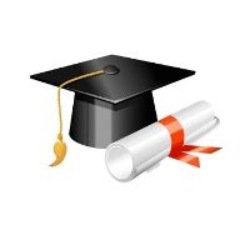








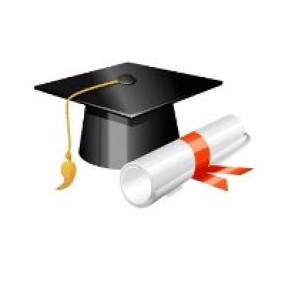
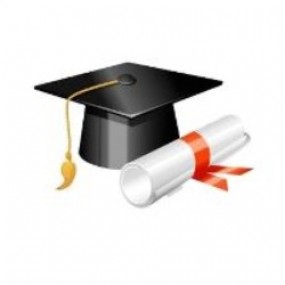
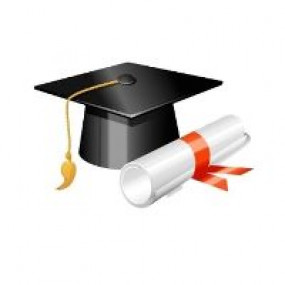
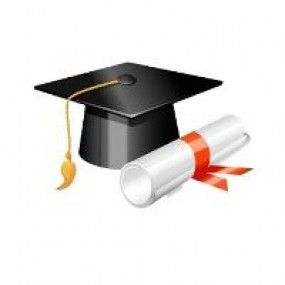
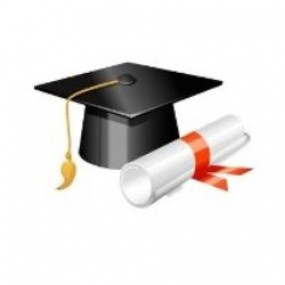
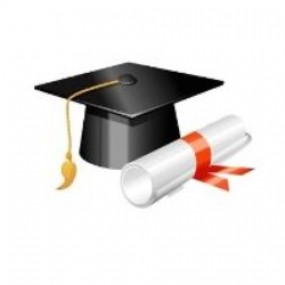
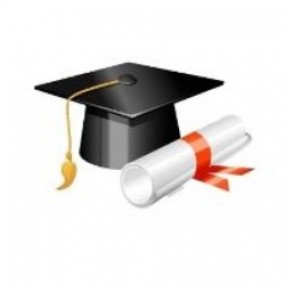
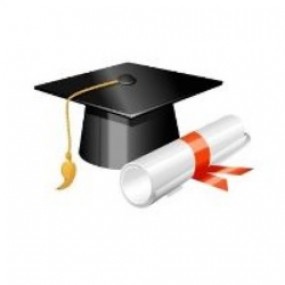

Login To Comment